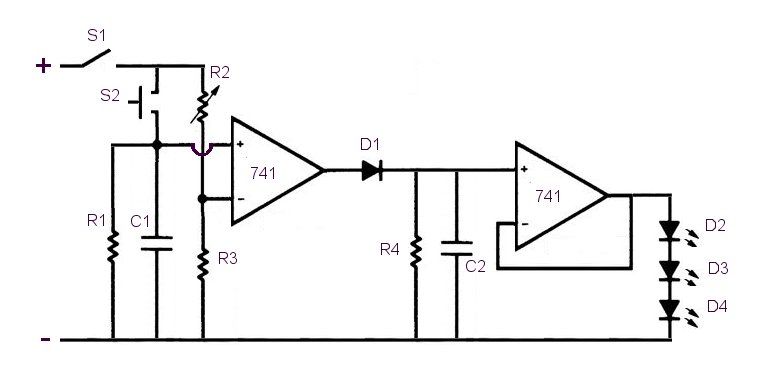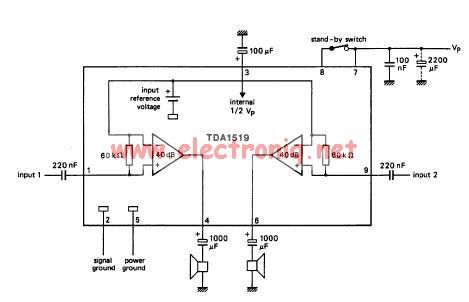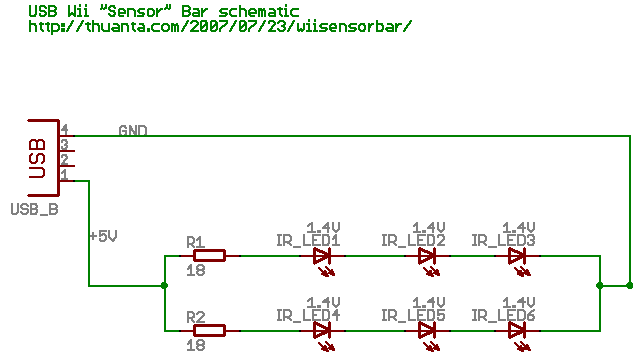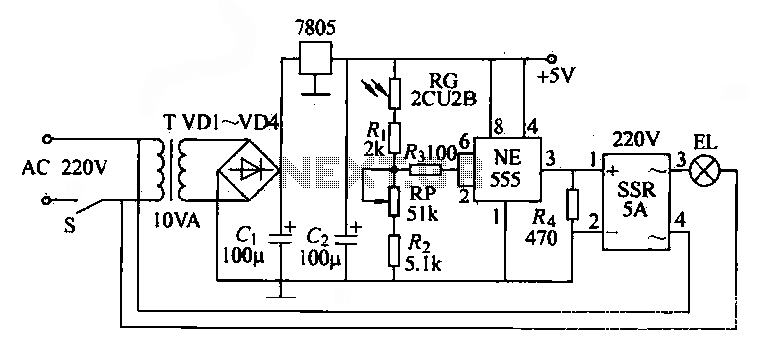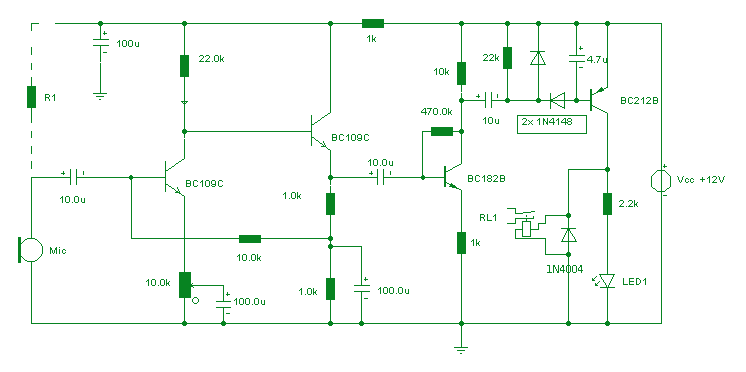
Automatic Switch Project
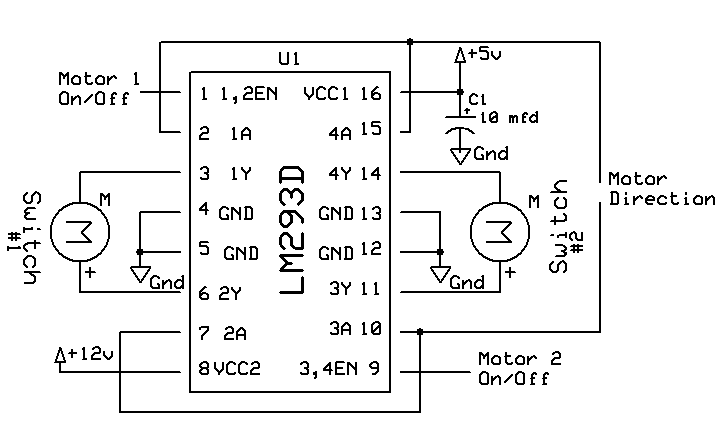
Model railroad turnouts, often referred to as switches, can be controlled in various ways. The simplest method is manual control, operated by hand. Remote activation is typically achieved through pneumatic (air) or electrical means. The project discussed in these articles involves several turnouts that need to be remotely activated by a microcontroller. As previously mentioned, the output power available on a PICAXE microcontroller is quite limited, certainly insufficient for throwing a turnout. Many turnout motors have been observed drawing nearly 2 amps when activated, necessitating an intermediate device, such as a transistor used with relays. To select the appropriate device for operating the turnout, it is essential to understand how turnout motors function. The two most commonly used electrically operated turnout motors in garden railways are those manufactured by LGB (item number 12010) and a slightly less common unit from Circuitron known as the slow-motion Tortoise. Although the Tortoise is not specifically designed for garden railway use, it can be easily attached to most turnouts. The five screws holding the sides of the Tortoise's case together have been partially removed, potentially voiding the warranty. All three turnout motors operate similarly. Power is supplied to each turnout motor through two wires. When power is applied in one direction, with the positive connection to one terminal and the negative to the other, the turnout is thrown one way. Reversing the polarity activates the turnout in the opposite direction. The AristoCraft 11299 design employs a small DC motor to throw the turnout, with power multiplied by a set of gears. A unique feature of the AristoCraft units is the inclusion of contacts and diodes that completely disconnect the motor from power once the turnout has been thrown. This design allows the motor to draw virtually no power once activated, enabling the power to remain on indefinitely. In the second photo, the arm has been removed and flipped over. The contacts on the bottom of the arm slide along metal traces on the circuit board to disconnect power from the motor once the turnout is fully thrown. The two diodes, located just left of the motor gears, reactivate the motor when the polarity of the DC power is switched. A close-up view reveals the five contact screws, with the two on the right powering the turnout motor and the three on the left forming the SPDT switch contacts, where the center screw, marked "C," serves as the common terminal. Traces inside the motor illustrate the connections. LGB's 12010 utilizes a rotating solenoid actuator rather than a conventional motor. When power is applied in one direction, a permanent magnet rotates inside a coil of wire, moving the control arm. Reversing the polarity causes the magnet to rotate in the opposite direction. If power remains on, the turnout motor continues to draw current and heat up, which does not seem to cause any damage but results in power wastage. The motor has been disassembled, revealing the coil and the iron core within it. The permanent magnet, located below the coil, is encased by plastic pieces that hold it centered. The LGB unit typically does not include switch contacts but can be paired with an add-on DPDT switch module (12070) connected to the switch motor. The Circuitron Tortoise's motor operates similarly to the AristoCraft's but does not disconnect from power once the control arm moves; it simply stalls and continues to draw power as long as the circuit remains complete. This design appears to be intentional and does not seem to cause harm.
The operation of model railroad turnouts is crucial for the seamless functioning of model railways. The various methods of control—manual, pneumatic, and electrical—provide flexibility in operation. The integration of microcontrollers allows for advanced automation in controlling multiple turnouts, enhancing the realism and complexity of model railroads. The use of transistors as intermediates is essential for handling the high current demands of turnout motors while protecting the microcontroller from potential damage due to excessive current draw.
When selecting turnout motors, it is important to consider their operational characteristics. The LGB 12010 and AristoCraft 11299 motors exemplify different approaches to turnout actuation. The LGB motor's rotating solenoid design offers simplicity and reliability, while the AristoCraft's gear-driven motor provides a unique power management feature that minimizes power consumption once the turnout is thrown. The Circuitron Tortoise, although lacking the power disconnection feature, offers a robust alternative with a design that accommodates continuous power draw without adverse effects.
For model railroad enthusiasts, understanding the intricacies of these motors and their control mechanisms is essential for effective layout design and operation. Proper wiring, including the use of diodes and SPDT switches, ensures reliable performance and ease of control. The careful selection and integration of these components can significantly enhance the functionality and enjoyment of model railroading.Model railroad turnouts, often called switches, can be controlled in a number of ways. The most basic is a manual control that is thrown by hand. Remote activation is usually accomplished by either pneumatic (air) or electrical means. The project that is the focus of these articles has several turnouts that must be remotely activated by a microcontroller. As mentioned in the last article the output power available on a PICAXE is quite limited, certainly nowhere near what is required to throw a turnout. I have seen many turnout motors drawing nearly 2 amps when activated so some sort of intermediate device, like the transistor that was used with the relays, is needed.
Before we can choose the appropriate device to operate the turnout we need to examine how turnout motors operate. The two most common electrically operated turnout motors utilized in garden railways are those made by LGB (item number 12010).
We will also examine a slightly less common unit from Circuitron called the slow motion Tortoise. Although not designed specifically for garden railway use it can easily be attached to most turnouts. In the photo below the five screws that hold the sides of its case together have been partially removed.
Oops - guess I voided the warranty! All three of the turnout motors operate in much the same way. Power goes to each turnout motor through two wires. When power is applied in one direction, that is the positive connection goes to one terminal while the negative goes to the other, the turnout is turned one way. When the polarity is reversed the turnout is activated in the other direction. The design of the AristoCraft 11299 utilizes a small DC motor to throw the turnout. The small motor`s power is multiplied by a set of gears. The most unique characteristic of the AristoCraft units is the inclusion of a set of contacts and a pair of diodes that completely disconnects the motor from power once the turnout has been thrown.
This means that the motor draws virtually no power once it is thrown and the power can be left on indefinitely. In the second photo the arm has been removed and turned over. The contacts on the bottom of the arm slide along the metal traces on the circuit board to disconnect the power from the motor once the turnout is fully thrown.
The two diodes, just to the left of the motor gears, reenergize the motor when the polarity of the DC power is switched. This close-up view shows the five contact screws. The two on the right are used to power the turnout motor. The three on the left make up the SPDT switch contacts with the center screw, marked "C", being the common terminal.
In the photo above you can follow the traces inside of the motor and see where they go. LGB `s 12010 utilizes more of a rotating solenoid actuator rather than a normal motor. When power is applied in one direction a permanent magnet rotates inside of a coil of wire throwing the control arm in one direction. When the polarity is reversed it rotates in the opposite direction, throwing the control arm the other way.
If power is left on the turnout motor will continue to draw current and will heat up. This does not seem to do any damage and only wastes power. Here the motor has been completely disassembled revealing the coil and the iron core that goes through it. Below the coil is the permanent magnet that normally sits between the sides of the iron core. The plastic pieces next to the magnet encase it and hold it centered in the unit. The LGB unit does not normally have switch contacts available but there is an add-on DPDT switch module (12070) that can be hooked to the end of the switch motor.
The Circuitron Tortoise`s motor is like the AristoCraft`s but it does not disconnect itself from power once the control arm moves. It simply stalls and continues to draw power as long as the circuit is complete. Again, this seems to be part of the design and appears to do no harm. The most sig 🔗 External reference
The operation of model railroad turnouts is crucial for the seamless functioning of model railways. The various methods of control—manual, pneumatic, and electrical—provide flexibility in operation. The integration of microcontrollers allows for advanced automation in controlling multiple turnouts, enhancing the realism and complexity of model railroads. The use of transistors as intermediates is essential for handling the high current demands of turnout motors while protecting the microcontroller from potential damage due to excessive current draw.
When selecting turnout motors, it is important to consider their operational characteristics. The LGB 12010 and AristoCraft 11299 motors exemplify different approaches to turnout actuation. The LGB motor's rotating solenoid design offers simplicity and reliability, while the AristoCraft's gear-driven motor provides a unique power management feature that minimizes power consumption once the turnout is thrown. The Circuitron Tortoise, although lacking the power disconnection feature, offers a robust alternative with a design that accommodates continuous power draw without adverse effects.
For model railroad enthusiasts, understanding the intricacies of these motors and their control mechanisms is essential for effective layout design and operation. Proper wiring, including the use of diodes and SPDT switches, ensures reliable performance and ease of control. The careful selection and integration of these components can significantly enhance the functionality and enjoyment of model railroading.Model railroad turnouts, often called switches, can be controlled in a number of ways. The most basic is a manual control that is thrown by hand. Remote activation is usually accomplished by either pneumatic (air) or electrical means. The project that is the focus of these articles has several turnouts that must be remotely activated by a microcontroller. As mentioned in the last article the output power available on a PICAXE is quite limited, certainly nowhere near what is required to throw a turnout. I have seen many turnout motors drawing nearly 2 amps when activated so some sort of intermediate device, like the transistor that was used with the relays, is needed.
Before we can choose the appropriate device to operate the turnout we need to examine how turnout motors operate. The two most common electrically operated turnout motors utilized in garden railways are those made by LGB (item number 12010).
We will also examine a slightly less common unit from Circuitron called the slow motion Tortoise. Although not designed specifically for garden railway use it can easily be attached to most turnouts. In the photo below the five screws that hold the sides of its case together have been partially removed.
Oops - guess I voided the warranty! All three of the turnout motors operate in much the same way. Power goes to each turnout motor through two wires. When power is applied in one direction, that is the positive connection goes to one terminal while the negative goes to the other, the turnout is turned one way. When the polarity is reversed the turnout is activated in the other direction. The design of the AristoCraft 11299 utilizes a small DC motor to throw the turnout. The small motor`s power is multiplied by a set of gears. The most unique characteristic of the AristoCraft units is the inclusion of a set of contacts and a pair of diodes that completely disconnects the motor from power once the turnout has been thrown.
This means that the motor draws virtually no power once it is thrown and the power can be left on indefinitely. In the second photo the arm has been removed and turned over. The contacts on the bottom of the arm slide along the metal traces on the circuit board to disconnect the power from the motor once the turnout is fully thrown.
The two diodes, just to the left of the motor gears, reenergize the motor when the polarity of the DC power is switched. This close-up view shows the five contact screws. The two on the right are used to power the turnout motor. The three on the left make up the SPDT switch contacts with the center screw, marked "C", being the common terminal.
In the photo above you can follow the traces inside of the motor and see where they go. LGB `s 12010 utilizes more of a rotating solenoid actuator rather than a normal motor. When power is applied in one direction a permanent magnet rotates inside of a coil of wire throwing the control arm in one direction. When the polarity is reversed it rotates in the opposite direction, throwing the control arm the other way.
If power is left on the turnout motor will continue to draw current and will heat up. This does not seem to do any damage and only wastes power. Here the motor has been completely disassembled revealing the coil and the iron core that goes through it. Below the coil is the permanent magnet that normally sits between the sides of the iron core. The plastic pieces next to the magnet encase it and hold it centered in the unit. The LGB unit does not normally have switch contacts available but there is an add-on DPDT switch module (12070) that can be hooked to the end of the switch motor.
The Circuitron Tortoise`s motor is like the AristoCraft`s but it does not disconnect itself from power once the control arm moves. It simply stalls and continues to draw power as long as the circuit is complete. Again, this seems to be part of the design and appears to do no harm. The most sig 🔗 External reference
